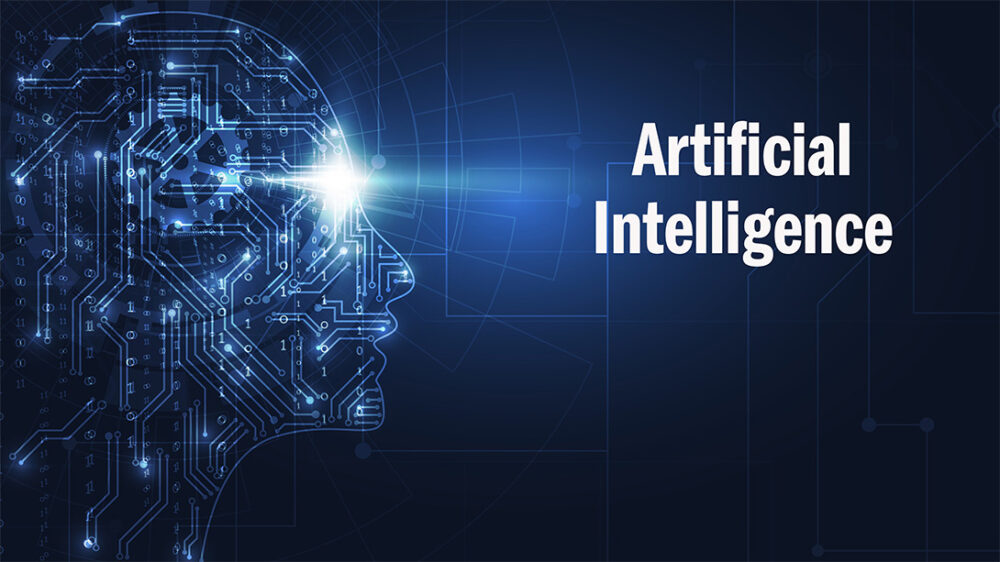As the landscape of the job market continues to evolve, the ongoing advancement of generative artificial intelligence (AI) presents both opportunities and challenges for entry-level workers, particularly those aged 22-25. Recent research from Stanford University offers valuable insights into this issue, revealing a concerning 13% relative decline in employment among early-career workers exposed to the capabilities of AI. This trend underscores the broader implications of AI integration into various sectors, prompting discussions about the future of work and employment prospects for young professionals.
The Research Findings
The study conducted by a team of Stanford researchers—Erik Brynjolfsson, Bharat Chandar, and Ruyu Chen—utilized extensive data from ADP, the largest payroll software provider in the United States. They discovered that job losses predominantly affect specific sectors heavily susceptible to automation, such as software development and customer service. In contrast, employment figures for more experienced workers in similar roles remained stable or even increased, leading to a stark contrast in job security across different age groups.
For instance, while software developers aged 22-25 saw a notable 20% decline in employment since the peak in 2022, older workers seemed to thrive and adapt to the evolving job market. This generational divide raises important questions about how new technologies are transforming career trajectories and what skills are becoming obsolete.
Real-World Examples and Insights
OpenAI CEO Sam Altman further corroborates these findings, noting the impending changes prompted by AI tools. During a recent discussion, he acknowledged that certain roles, particularly in customer support, may disappear entirely due to AI service bots. However, he also expressed confidence that fields requiring complex human decision-making, such as healthcare, will continue to necessitate human involvement.
This duality highlights a critical understanding of AI’s capabilities. While generative AI excels in automating routine tasks and information retrieval, it is less equipped to handle the nuanced tacit knowledge and experiential wisdom that older employees possess. This gap suggests that while entry-level roles may face unprecedented disruptions, positions that require sophisticated problem-solving and emotional intelligence will remain vital.
Current Job Market Landscape
The ongoing macroeconomic environment also plays a pivotal role in shaping employment trends. A report from outplacement firm Challenger, Gray & Christmas noted a substantial increase in job cuts across American companies, with AI being cited as a contributing factor in over 10,000 job losses in July alone. Yet, experts warn against attributing the entire downturn to AI, as broader economic issues also influence employment patterns.
Goldman Sachs presents a more tempered view regarding AI’s potential for job displacement. Their analysis forecasts that while AI could potentially displace around 6-7% of the U.S. workforce if widely adopted, this impact may not be long-lasting. New roles and opportunities are expected to emerge as industries adapt to changing technology. The key takeaway from Goldman Sachs is that the trajectory of technological adoption has historically created new job categories, even when previous jobs were automated.
Areas of Disruption and Resistance
The distinctions among various job roles further illuminate the disparities in risk for job displacement. Positions that are most vulnerable include roles such as computer programmers, administrative assistants, customer service representatives, and telemarketers. Conversely, jobs requiring high levels of human interaction, creativity, and critical thinking—like air traffic controllers, chief executives, and healthcare professionals—are predicted to endure with relative security.
Moreover, the significant advancements in AI capabilities present both a risk and an opportunity for young workers. While those in entry-level positions may face challenges in securing stable employment, adaptive strategy in skills development can provide a competitive edge in the job market. By focusing on acquiring skills that complement AI technologies—such as data analysis, project management, and critical thinking—young workers can better position themselves for success in a landscape that demands both human intuition and technological proficiency.
Conclusion: Navigating the Future
As generative AI continues to reshape the employment landscape, young entry-level workers must navigate a complex terrain. The findings from Stanford University serve as a wake-up call, emphasizing the need for proactive career development among the younger workforce. Continuous learning, adaptability, and the cultivation of soft skills will be essential strategies for those entering the job market in the coming years.
In contrast to the often gloomy predictions regarding job loss, the history of technological advancement suggests that innovation tends to foster new employment opportunities. By embracing the evolution of work and aligning personal skills with the demands of the future, young professionals can not only survive but thrive in this new era shaped by AI.
Ultimately, the challenge lies not solely in facing job displacement but also in recognizing the potential of AI as an enabler of new roles and responsibilities. As the world continues to adapt to technological innovations, embracing change and fostering resilience will define the future of work for young entry-level workers.










